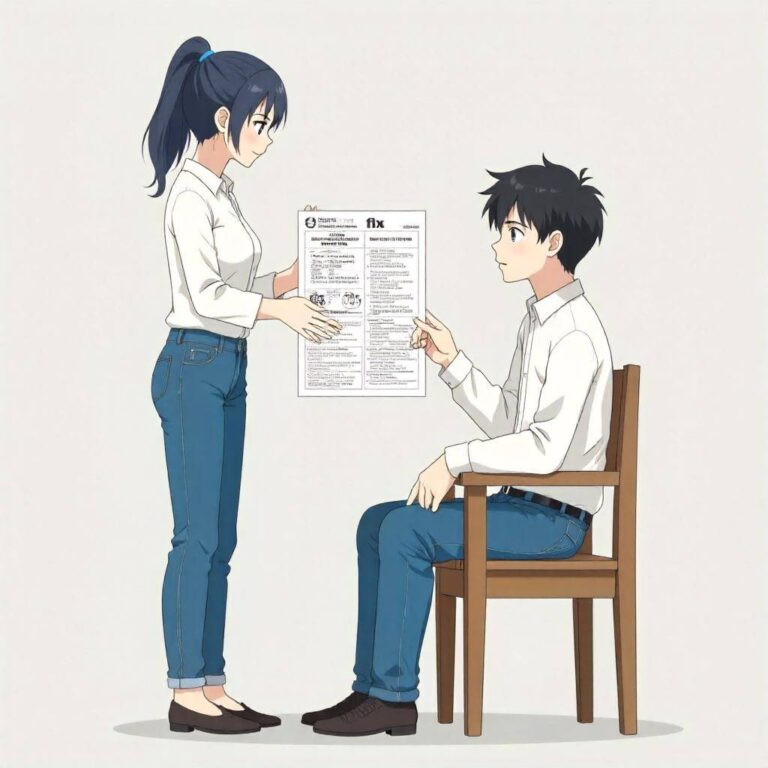Question from a reader:
Please tell me about the fault ratio in accidents. I got caught in a traffic jam due to lane restrictions in the city center and was not moving at all, so I tried to turn left onto a side road. At that moment, a car that was in the right front turned left from the right lane
and made contact with my vehicle. In the case of turning left from the right lane, rather than changing lanes, how is the fault ratio determined? I would appreciate your guidance on this matter.
Understanding Fault Ratios in Accidents
The fault ratio in an accident is an important factor that indicates the degree of responsibility each driver bears in a car accident. When a traffic accident occurs, insurance companies and courts calculate the fault ratio based on the causes and circumstances of the incident. Understanding the fault ratio is essential for victims to receive appropriate compensation and for offenders to comprehend their responsibilities.
Considerations of Fault in the Context of the Accident
In your case, you mentioned that while trying to turn left onto a side road during a traffic jam in the city center, you made contact with a vehicle that turned left from the right lane. It is crucial to analyze the situation in which the accident occurred in detail. First, attempting to turn left onto a side road while not moving in a traffic jam is generally considered a part of normal driving behavior. If you attempted to turn left while adhering to traffic rules and checking the movements of other vehicles, your fault may be reduced. On the other hand, it is also necessary to consider the actions of the vehicle turning left from the right lane. Generally, when turning left from the right lane, that vehicle should be using a dedicated turn lane. If that vehicle turned left improperly, disregarding signals or signs, the fault of that driver would likely increase.
Criteria for Calculating Fault Ratios
There are several criteria for calculating fault ratios. In Japan, this is referred to as “fault offset,” where compensation is reduced based on the fault ratio. Typically, the following factors are considered: 1. Compliance with traffic rules: The extent to which each vehicle adhered to traffic regulations. 2. Circumstances of the accident: Environmental factors such as the time of day, location, and weather conditions when the accident occurred. 3. Driver behavior: The driving skills, intentions, and fulfillment of duty of care of each driver. Specifically, if a left turn was made during a traffic jam, the fault ratio might be between 20% to 30%, while the vehicle that improperly turned left from the right lane could bear a fault ratio of 70% to 80%. Therefore, the fault ratio will be calculated based on the specifics of the accident.
Communication with Insurance Companies
After an accident, communication with insurance companies becomes crucial. Insurance companies conduct detailed investigations into the circumstances of the accident and calculate the fault ratio. Negotiation with the other party is also an important aspect. If you are not satisfied with the fault ratio, renegotiation or mediation may be options to consider. In such cases, it is important to pay attention to the following points: – Evidence collection: It is useful to record photos of the accident scene, witness testimonies, and the condition of vehicle damages. – Calm judgment: Emotions can run high after an accident, but it is essential to calmly organize the facts and provide accurate information to the insurance company.
Industry Background and Social Impact of Fault Ratios
Traffic accidents and their fault ratios are issues that affect not only individual cases but also society as a whole. Particularly in urban areas, where traffic jams and accidents occur frequently, awareness campaigns and legal reforms related to traffic safety are being implemented. Additionally, data on traffic accidents play a significant role in the insurance industry and government policy-making. Through the analysis of fault, improvements in driver behavior and traffic safety measures can be promoted, contributing to the overall enhancement of the traffic environment in society.
Future Changes in Traffic and Fault Ratios
In the future, with the introduction of autonomous vehicles in the transportation sector, the incidence of accidents and the understanding of fault ratios may change. The evolution of autonomous driving technology could potentially reduce traffic accidents, but it may also complicate the determination of responsibility when accidents do occur. For example, if an autonomous vehicle is involved in an accident, questions may arise regarding whether the fault lies with the vehicle’s manufacturer or the driver. Consequently, the insurance industry may need to explore new business models.
Practical Advice and Conclusion
Finally, here are some practical pieces of advice regarding fault ratios in traffic accidents and their impacts: – Thorough understanding of traffic rules: It is important to improve your own driving skills while ensuring a solid understanding of traffic regulations. – Calm behavior in the event of an accident: If you encounter an accident, it is crucial to calmly assess the situation and gather necessary information. – Review of insurance: It is also important to review your insurance coverage to ensure you can receive appropriate compensation. Accidents are unpredictable, but with prior preparation and knowledge, it becomes easier to respond in case of an emergency. I hope you take this opportunity to deepen your understanding of fault ratios as a way to reflect on your own driving. To all readers, if you have any opinions or experiences related to this topic, please feel free to share them in the comments. We look forward to hearing from you.



